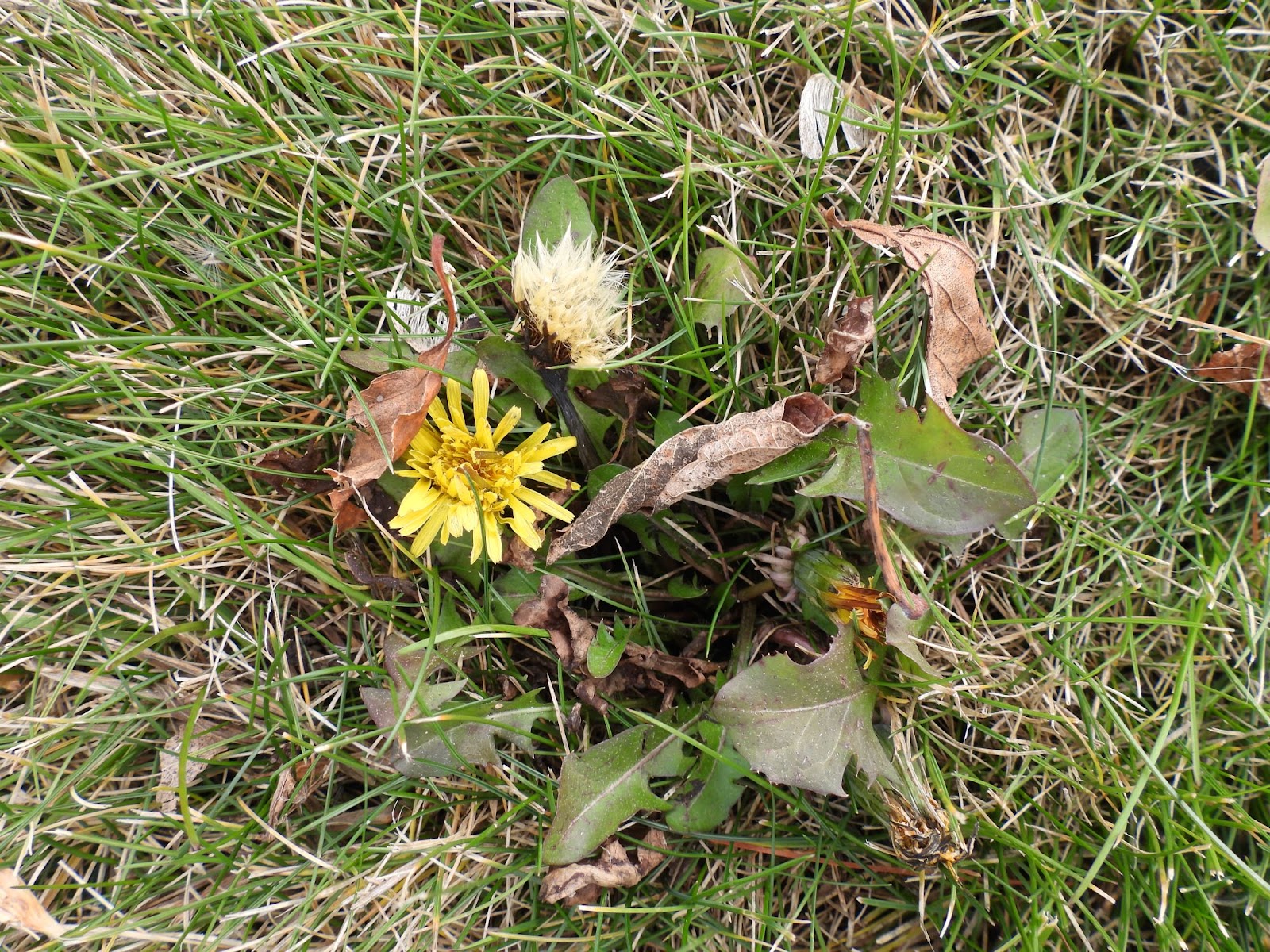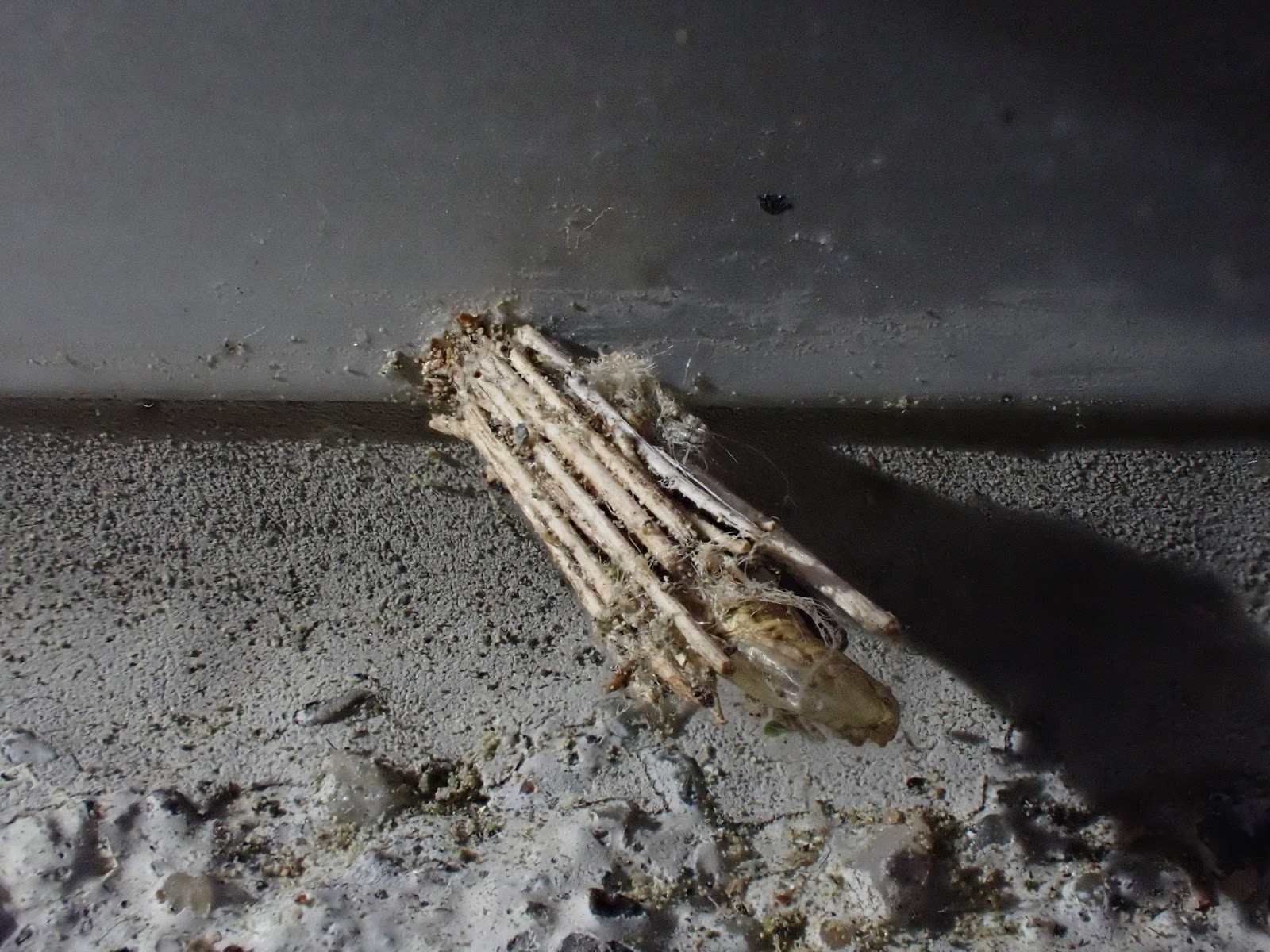Author’s Note: This article was first published in 2013 and has been updated for 2024.
A chilly breeze whipped around my head. Even a pale sun peeking through racing clouds did not seem to improve the temperature. Head down, I hurried toward the post office. Then, a spot of color made me stop and smile. A single yellow dandelion and their star of vibrant, toothy leaves nestled into the grass.
I’ve always loved dandelions. They popped up every summer in the kingdom of make-believe that was my yard, and created a sea of sunshine in the farmer’s hayfield across the back fence. Every spring I still pick one of the hardy flowers to give to my mom for her late April birthday. Unless I’ve flattened them in a card to send through the mail, she still sticks the dandelion in a little vase on the sill above the kitchen sink.
As a kid, I continued picking dandelions all summer long. I’d split the stems lengthwise and watch as they coiled into beautiful curlicues when dunked in cold water. I soaked the fuzzy blossoms in water and made “lemonade” that I never drank. I almost hyperventilated while trying to blow every parachuted seed off the stem to make a wish. And every T-shirt I owned was stained with little brown circles from the juicy stems.
Even today, despite my awareness that dandelions are invasive weeds, I can’t help admiring their tenacity. And I’m not alone. Buddhist monk, Thich Nhat Hanh, shared this poem (written by a student) in his book, Peace is Every Step.
I have lost my smile,
but don’t worry.
The dandelion has it.
So I smile whenever I see those cheerful weeds. Sometimes I even brave their bitterness and eat young leaves in salad. Other folks swear by the sap as a remedy for warts or foot fungus. Turns out, the dandelion may be more useful than I ever imagined!
The Kazakh dandelion (Taraxacum kok-saghyz, a relative of the one in your yard), is an excellent source of natural rubber. The milky sap in the root is so high in latex that one field of dandelions produces as much latex as the same size plot of rubber trees. In addition, the quality of dandelion latex is the same as latex from a rubber tree, and can be substituted one-for-one in the rubber formulation. To top it all off, dandelion latex does not seem to trigger allergic reactions!
Russians discovered this amazing dandelion in the early 1930s, in Kazakhstan. They tried to develop it as a domestic source of rubber. During World War II, when the Japanese controlled the supplies of rubber from Southeast Asia, researchers in the United States, Germany, Sweden, and Spain all jumped on the dandelion-rubber bandwagon. In the U.S. alone, land grant universities in 40 states conducted research on this lowly plant.
Most research came to a halt after the war ended in 1945. When this article was first published in 2013, an internet search for dandelion rubber revealed that at least three separate tire companies were partnering with research institutions to make this new source of rubber viable on a commercial scale. Germany's Fraunhofer Institute for Molecular Biology and Applied Ecology is still working with Continental Tires. Bridgestone was working with the Program for Excellence in Natural Rubber Alternatives at Ohio State University. Multinational tire manufacturer, Apollo Vredestein, collaborated on a dandelion rubber project with KeyGene.
Despite the many benefits of dandelions—they grow like weeds on many soil types, reproduce like weeds with lots of seed, and thrive in northern climates instead of sub-tropical forests—there are some obstacles, too. Dandelion juice transforms from a liquid to a solid on contact with the air—a process known as polymerization. This means that processors must use turpentine to chemically extract the latex from dandelion roots.
To eliminate the enzyme responsible for polymerization, German scientists at the Fraunhofer Institute engineered a special virus. According to a Discovery News article, “Once inside, the virus deleted the offending genetic sequence from the Russian dandelion's DNA. Pop the head off an infected dandelion, and the latex begins to flow freely.” (Watch out, Mom! My shirts will have more than just little brown circular stains!)
It worked. In Europe, creating transgenic dandelions has been controversial. Now German researchers are using traditional selective breeding techniques to accomplish the same thing. Hydroponic growing systems where roots can be harvested over and over are also showing promise. At the same time, Continental Tire is working with researchers to build the first ever commercial-scale processing plant. This becomes more and more important as natural rubber production from trees faces disease, climate change, and increasing labor costs. Synthetic rubber made from fossil fuels has different properties and is often mixed with natural rubber.
Maybe in the future, that field of dandelions across the back fence won’t be full of weeds. It will be full of a cash crop, harvested by the same machines used to pull tulip bulbs. The sticky sap, once a stain on my shirt, will instead help my airplane land safely in Germany so I can go for a ride on a bike or in a car with dandelion tires. That might even make me smile.
“What is a weed? A plant whose virtues have never been discovered.”
—Ralph Waldo Emerson
Emily’s award-winning second book, Natural Connections: Dreaming of an Elfin Skimmer, is available to purchase at www.cablemuseum.org/books and at your local independent bookstore, too.
For more than 50 years, the Cable Natural History Museum has served to connect you to the Northwoods. The Museum is open with our brand-new exhibit: “Anaamaagon: Under the Snow.” Our Fall Calendar is open for registration! Follow us on Facebook, Instagram, YouTube, and cablemuseum.org to see what we are up to.









